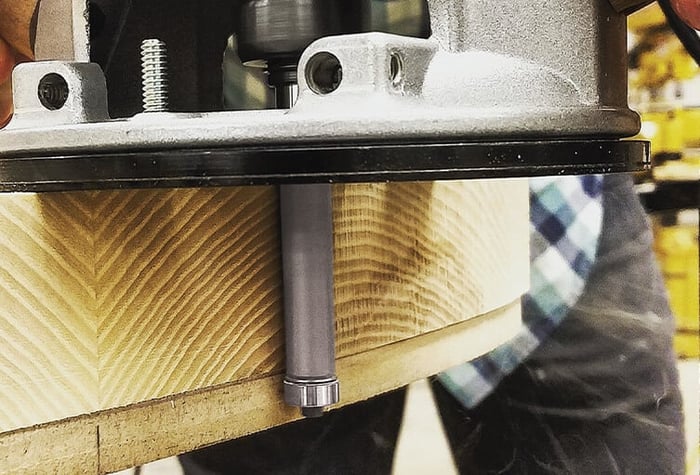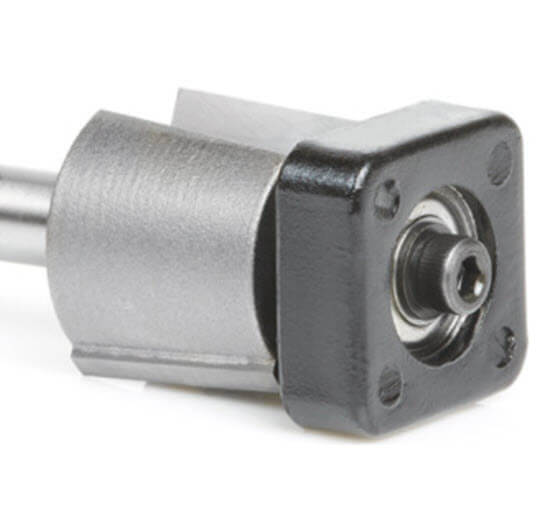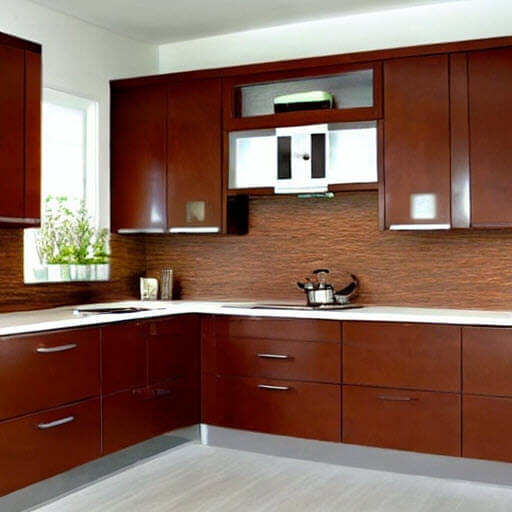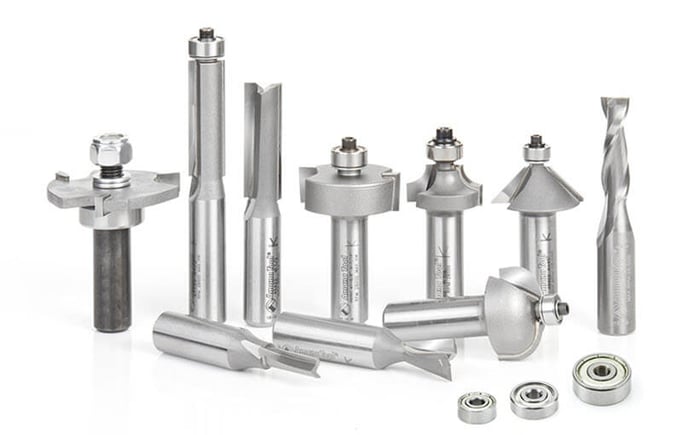
What to Do with a Trim Router Other Than Trim Laminate
What to Do with a Trim Router (Other Than Trim Laminate)
A trim router is more than a one-trick pony. While it’s famously used for trimming laminate, this compact, high-RPM tool is capable of much more—edge profiling, joinery, inlays, even engraving plastics and soft metals. Whether you're a furniture maker, cabinet installer, or DIY weekend warrior, a trim router deserves a place in your kit.
And if you're looking for a professional-grade option, check out the Festool 576239 MFK 700 EQ-Set—a modular edge router designed for clean edge work, flush trimming, and unparalleled control in tight areas.
What Can You Do with a Trim Router?
1. Trim Laminate
Trim routers excel at their namesake task—cleaning up laminate edges on countertops and furniture. Use a flush trim bit with a bearing guide for smooth, chatter-free cuts. Always route against the bit's rotation and make multiple light passes to avoid chipping.
2. Create Decorative Edges
With a small profile bit, trim routers can add elegant detail to cabinet doors, shelves, or table aprons. Roundovers, chamfers, and ogees are all easy to achieve with the right bit and a steady pace. The Festool MFK 700 is especially useful here—its horizontal base allows for accurate edge work without tipping.
3. Cut Inlays
Inlays add visual interest and custom detail. Use a spiral plunge bit to cut shallow cavities for your inlay material. Mark your design, use a template if needed, and cut slowly. For best results, secure your workpiece and cut in shallow passes.
4. Make Rabbets and Dadoes
Need to cut a shallow groove or joint? A trim router can handle rabbets and dadoes in plywood or hardwood, especially for small boxes or cabinetry. Use a straight bit and guide it along a clamped straightedge or router fence.
5. Work with Plastics and Soft Metals
With the right bit, you can route acrylic, polycarbonate, aluminum, or brass. Keep speeds low, take light passes, and use a lubricant to avoid melting or chattering. Always wear eye and respiratory protection when routing plastics or metals.
Why Choose the Festool MFK 700 EQ-Set?
The Festool 576239 MFK 700 EQ-Set isn’t just another trim router—it’s a modular edge system designed for precision. It features tool-free base swaps, micro-depth adjustments, and a low center of gravity for unmatched edge control. Ideal for flush trimming, edge banding, and ultra-precise profiling.
- Edge-focused design: Horizontal and vertical bases included
- Micro-adjustment: Dial in exact depth without fuss
- Dust collection: Integrated system keeps your workspace clean
Safety Tips
- Wear safety glasses, hearing protection, and a dust mask
- Clamp your work securely before routing
- Start with shallow cuts and make multiple passes
- Unplug the router before changing bits
FAQs
What’s the difference between a palm router, trim router, and full-size router?
Palm routers are ultra-compact and under 1 HP—ideal for light tasks. Trim routers typically offer more power and versatility for edge work. Full-size routers (3 HP+) are best for heavy-duty tasks like large dados, mortising, and shaping thick material.
Can I use a trim router for joinery?
Yes—trim routers can cut rabbets, dadoes, and even box joints with precision, as long as the material isn’t too thick. Use a straight bit and guide the router along a fence or jig.
Is a trim router suitable for soft metals?
Yes, as long as you use a solid carbide or carbide-tipped bit and take light passes. Lower your router speed and use lubrication to reduce friction. Always wear proper PPE.
What types of bits can I use in a trim router?
Most trim routers accept 1/4" shank bits. Common options include flush trim, roundover, chamfer, and spiral bits. Always verify your router’s collet size before purchasing new bits.
Is the Festool MFK 700 EQ worth it?
If you're doing edge work daily or need extreme precision, the Festool MFK 700 EQ-Set is worth every penny. Its modular design, stability, and build quality make it a long-term upgrade for any serious woodworker.


 Router Bits
Router Bits Spektra Router Bits
Spektra Router Bits Saw Blades
Saw Blades Shaper Cutters
Shaper Cutters Boring & Drilling
Boring & Drilling





 CNC Router Bits
CNC Router Bits CNC Router Bit Sets
CNC Router Bit Sets CNC Machines
CNC Machines CNC Machine Accessories
CNC Machine Accessories Free Vectric® & Fusion 360™ CNC Files
Free Vectric® & Fusion 360™ CNC Files CNC Software
CNC Software CNC Plans Downloads
CNC Plans Downloads CNC Vacuum Table Vacs
CNC Vacuum Table Vacs  Laser Cutters Accessories
Laser Cutters Accessories Laser Cutters
Laser Cutters CNC Sanding Tools
CNC Sanding Tools















































 CNC Machines
CNC Machines Drilling & Screwdriving
Drilling & Screwdriving Filtration, Dust Extractors & Collectors
Filtration, Dust Extractors & Collectors Edge Banders
Edge Banders Joinery Machines
Joinery Machines Jointers & Planers
Jointers & Planers Material Handling
Material Handling Metalworking Tools
Metalworking Tools  Mobile Tool Bases & Universal Stands
Mobile Tool Bases & Universal Stands Oscillating Multi-Tools
Oscillating Multi-Tools Power Tool Accessories
Power Tool Accessories Routers & Shapers
Routers & Shapers Sanders & Polishers
Sanders & Polishers Saws
Saws Wood Turning Machines and Accessories
Wood Turning Machines and Accessories





















































































 Amana Tool
Amana Tool
 Sawstop
Sawstop
 Festool
Festool
 Woodpeckers
Woodpeckers
 Timberline
Timberline
 Stepcraft
Stepcraft
 A.G.E. Series
A.G.E. Series
 Fein
Fein
 Jet
Jet
 VECTRIC
VECTRIC
 Powermatic
Powermatic
 Laguna Tools
Laguna Tools Carbide 3d
Carbide 3d
 Onefinity CNC
Onefinity CNC
 Shaper
Shaper
 xTool
xTool
 AirWeights
AirWeights
 Panto Router
Panto Router
 Black Box Vac
Black Box Vac
 SST
SST
 Jessem
Jessem
 Donek Tools
Donek Tools



























































































